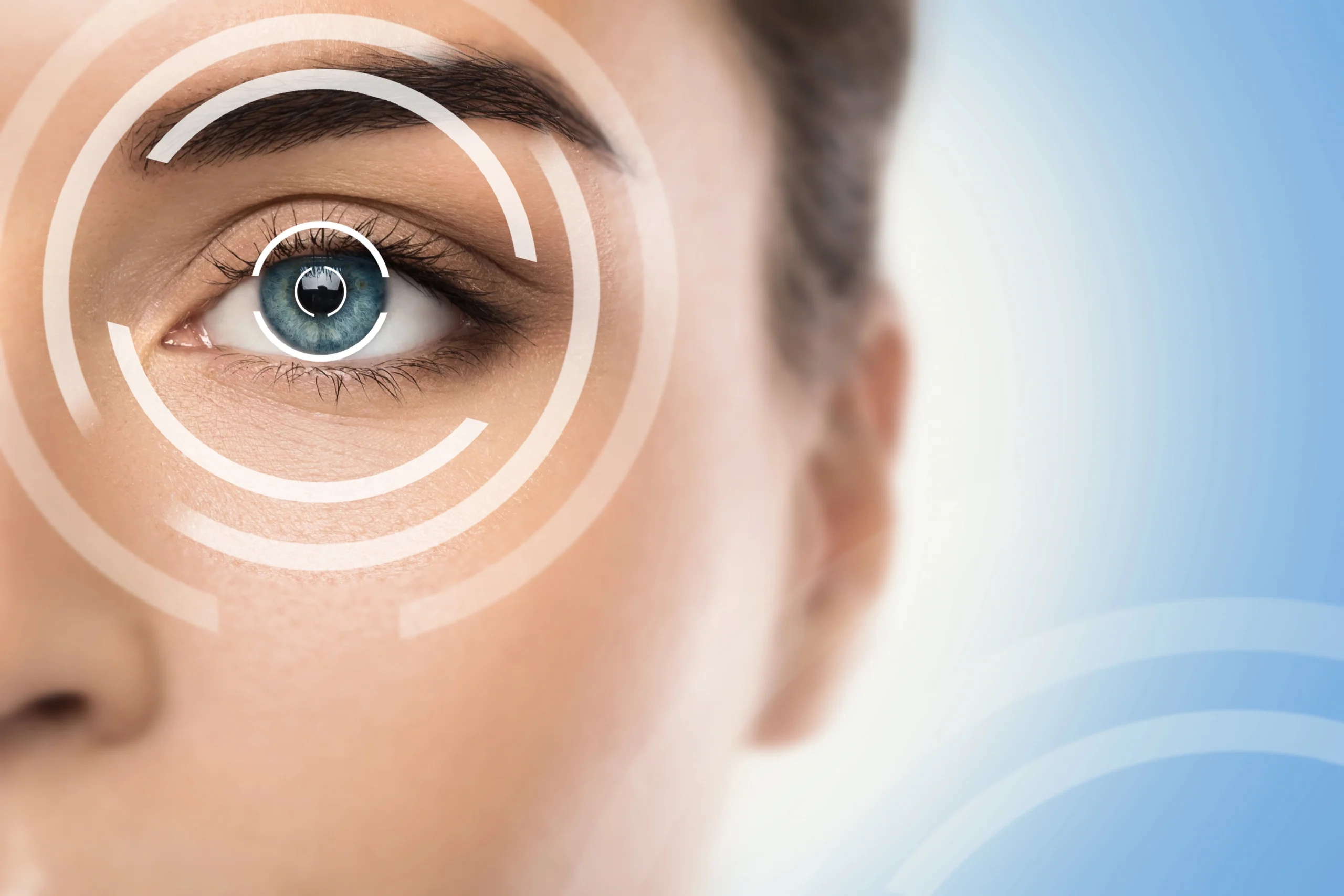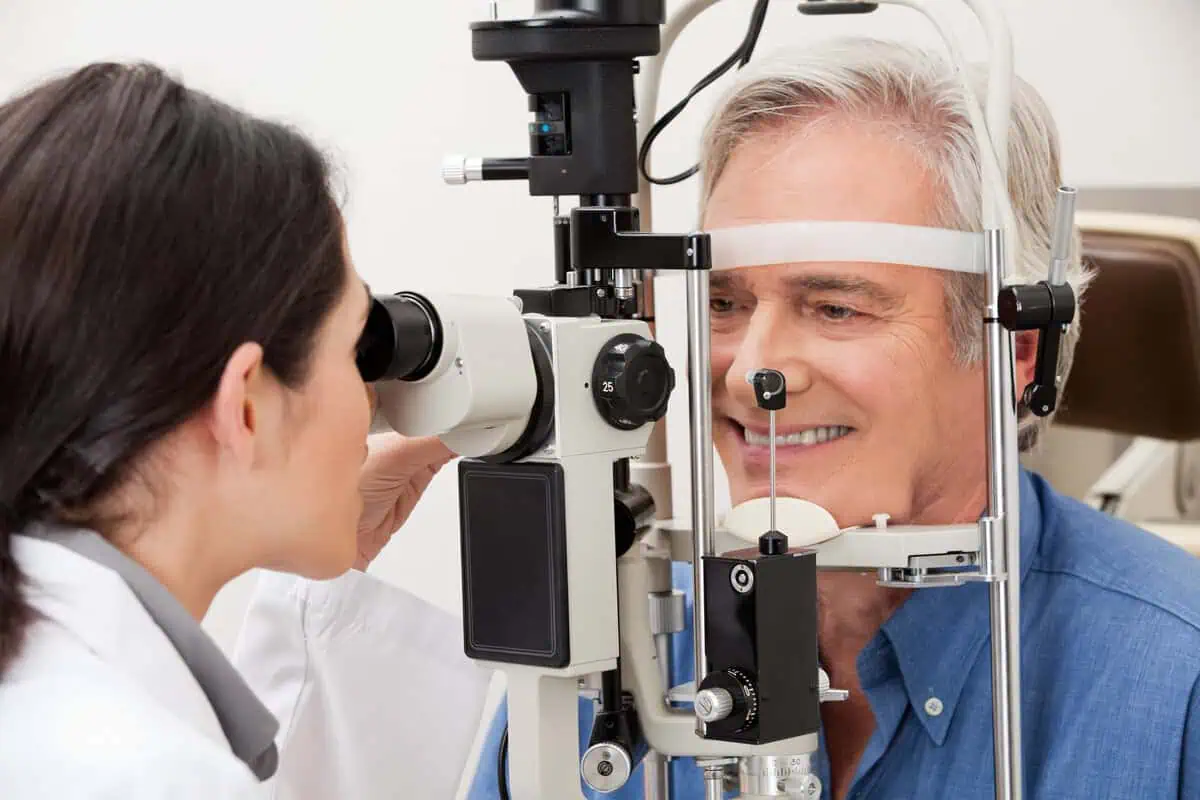Digital eye strain, commonly referred to as computer vision syndrome, has become a common problem in our digital age when screens have become a necessary part of our daily lives. From perpetual scrolling on smartphones to long hours in front of computer monitors, our eyes are under constant stress.
Enter Neurolens – a groundbreaking advancement that claims to address this modern-day ailment. But can NeuroLens genuinely provide relief from digital eye strain? Let’s examine the underlying science.
What is Digital Eye Strain?
A group of eye and vision-related issues brought on by extended usage of digital devices are referred to as “digital eye strain.” Most commonly associated with computers, it’s also relevant to tablets, smartphones, e-readers, and even gaming consoles. It’s not just a single symptom but a collection of discomforts experienced during or after screen time.
Symptoms of Digital Eye Strain
Some common symptoms include:
- Dry or watery eyes
- Blurred vision
- Double vision
- Increased sensitivity to light
- Difficulty focusing
- Eye fatigue or discomfort
- Headaches
The Underlying Causes
A range of factors contributes to digital eye strain:
- Blue Light Exposure: Digital screens emit blue light, which has shorter wavelengths and higher energy. While not all blue light is harmful, the kind from screens can lead to eye strain.
- Close-up Work: Focusing on screens for extended periods requires more effort from our eye muscles. The closer the screen, the more complex the eyes have to work.
- Screen Glare: Reflective glare from surrounding lights can cause our eyes to work harder, resulting in strain.
- Improper Setup: A workstation that isn’t ergonomically sound can force users into uncomfortable positions, contributing to strain. This includes screen height, distance, and ambient lighting.
- Infrequent Blinking: People tend to blink less when staring at screens, leading to dry eyes, a key contributor to discomfort.
Mitigating the Effects
Addressing digital eye strain involves a combination of behavioral changes and environmental adjustments:
- 20-20-20 Rule: Stop for 20 seconds every 20 minutes and concentrate on anything that is 20 feet away. This simple tactic gives the eyes a short but necessary rest.
- Ergonomic Workspace: Adjust your workspace to ensure Proper screen height and distance to reduce neck and eye strain. Appropriate ambient lighting to prevent glare and reduce the pressure on the eyes.
- Screen Filters: Use screen protectors or filters to reduce blue light exposure, which can help minimize eye fatigue and discomfort.
- Specialized Eyewear: Consider wearing glasses specifically designed to reduce blue light exposure, especially if you spend prolonged hours in front of screens.
- Conscious Blinking: Remind yourself to blink more often to prevent dryness and irritation. Screen users tend to blink less, which can exacerbate strain.
- Regular Eye Exams: Ensure you have regular check-ups with an optometrist. They can offer tailored advice and detect any early signs of eye strain or related issues.
- Adjust Screen Settings: Increase text size for better readability and adjust the screen’s brightness and contrast to levels comfortable for your eyes.
- Maintain Screen Cleanliness: Keeping your screen clean reduces glare and allows for clearer content visibility, reducing the need for squinting and straining.
These techniques will minimize the negative impacts of digital eye strain and ensure safer, more comfortable screen time.
What is Neurolens?
NeuroLens is a pioneering eyeglass lens specifically designed to alleviate the symptoms associated with the misalignment between the eyes and the brain, an issue referred to as ‘trigeminal dysphoria.’ In our screen-dominated world, this misalignment can cause a number of symptoms, most notably digital eye strain or computer vision syndrome.
What sets NeuroLens apart from traditional eyeglasses is its use of contoured prisms. While conventional lenses might incorporate prisms, they’re typically consistent throughout the lens. NeuroLens, on the other hand, includes a dynamic prism that adjusts across the lens itself. This means that the lens is designed to aid the eyes at various distances and angles, helping to reduce the stress on the connection between the eyes and the brain.
By addressing trigeminal dysphoria and realigning the visual pathway, NeuroLens aims to offer relief from symptoms such as eye strain, headaches, and other discomforts related to prolonged screen usage or other visually intensive tasks. This innovative approach to optical correction presents a potential solution to a growing challenge in our modern digital age.
Scientific Validation
When any innovative solution emerges in the medical or optical fields, backing it with rigorous scientific research and validation is vital. NeuroLens, with its claims to alleviate digital eye strain, is no exception. Numerous studies have been undertaken to test its effectiveness.
In one notable study, participants with regular digital eye strain symptoms were observed. After introducing NeuroLens into their daily routine, a significant majority reported a marked reduction in their symptoms. Not just limited to eye strain, many even noticed improvements in associated conditions, like migraines. These outcomes point to the potential impact of NeuroLens in reducing stress on the trigeminal nerve.
However, as with any scientific exploration, consistent results across diverse populations and long-term effects remain areas of continued research. Currently, NeuroLens is a promising, scientifically-backed intervention for those grappling with digital eye strain.
Comparing NeuroLens to Traditional Solutions
In the optical world, the introduction of NeuroLens has spurred discussions, with many individuals keen to understand its advantages over traditional visual solutions. Here’s a comparison to highlight their key differences and potential benefits.
Traditional Eyeglass Lenses:
- Purpose: Traditionally designed to correct refractive errors like myopia (nearsightedness), hyperopia (farsightedness), astigmatism, and presbyopia.
- Design: Often consists of a single, bifocal, or multifocal design. They do not typically address the misalignment between the eyes and the brain.
- Application: Best suited for individuals requiring vision correction for reading, distance, or both. They don’t necessarily address symptoms of digital eye strain or headaches unless specifically prescribed for those purposes.
- Limitations: While they correct vision, they don’t necessarily cater to the dynamic demands of modern digital life, where transitions between different screen distances and prolonged exposure can lead to discomfort.
NeuroLens:
- Purpose: Specifically designed to alleviate symptoms associated with trigeminal dysphoria, which is believed to be a root cause of digital eye strain, migraines, and other visual discomforts.
- Design: Uses contoured prisms to adjust dynamically across the lens, catering to the eyes at various distances and angles. This helps in realigning the visual pathway, reducing stress between the eyes and the brain.
- Application: While they also offer vision correction, their primary focus is on reducing the symptoms arising from the misalignment, such as eye strain, headaches, and neck discomfort, especially prevalent with frequent screen usage.
- Advantages: NeuroLens addresses a niche yet growing problem in our screen-centric world. It not only provides visual clarity but also aims to enhance overall visual comfort by targeting the root cause of many modern visual complaints.
Safety and Usability of NeuroLens
NeuroLens, given its innovative approach to treating symptoms related to trigeminal dysphoria, has understandably raised questions about its safety and usability. Let’s dive into these aspects to get a clearer understanding.
Safety:
- NeuroLens underwent clinical trials, where many participants reported symptom relief.
- The lens has received clearance from the U.S. Food and Drug Administration (FDA).
- Initial adaptation to NeuroLens might include temporary symptoms like slight dizziness or peripheral vision distortion.
Usability:
- Designed for all-day wear, NeuroLens suits various activities, from screen tasks to daily routines.
- Most users adjust to NeuroLens within days to weeks, especially with consistent wear.
- Regular cleaning and periodic optometrist check-ups are recommended for optimal use.
- NeuroLens is compatible with a range of frame designs, allowing personalization for users.
While its safety profile has been established through clinical trials and regulatory approvals, users must consult with their optometrist to determine if NeuroLens is the right fit for their specific needs and to address any concerns or questions they might have.
Final Thoughts
NeuroLens, with its specialized approach to addressing digital eye strain and related symptoms, offers a promising solution for many individuals in our screen-heavy world. At Eyecare on the Square, we’re dedicated to providing you with the most advanced solutions for your eye care needs. Embrace the future of visual wellness with NeuroLens, where clarity meets comfort, and step boldly into a world of relief from digital eye strain and discomfort.






